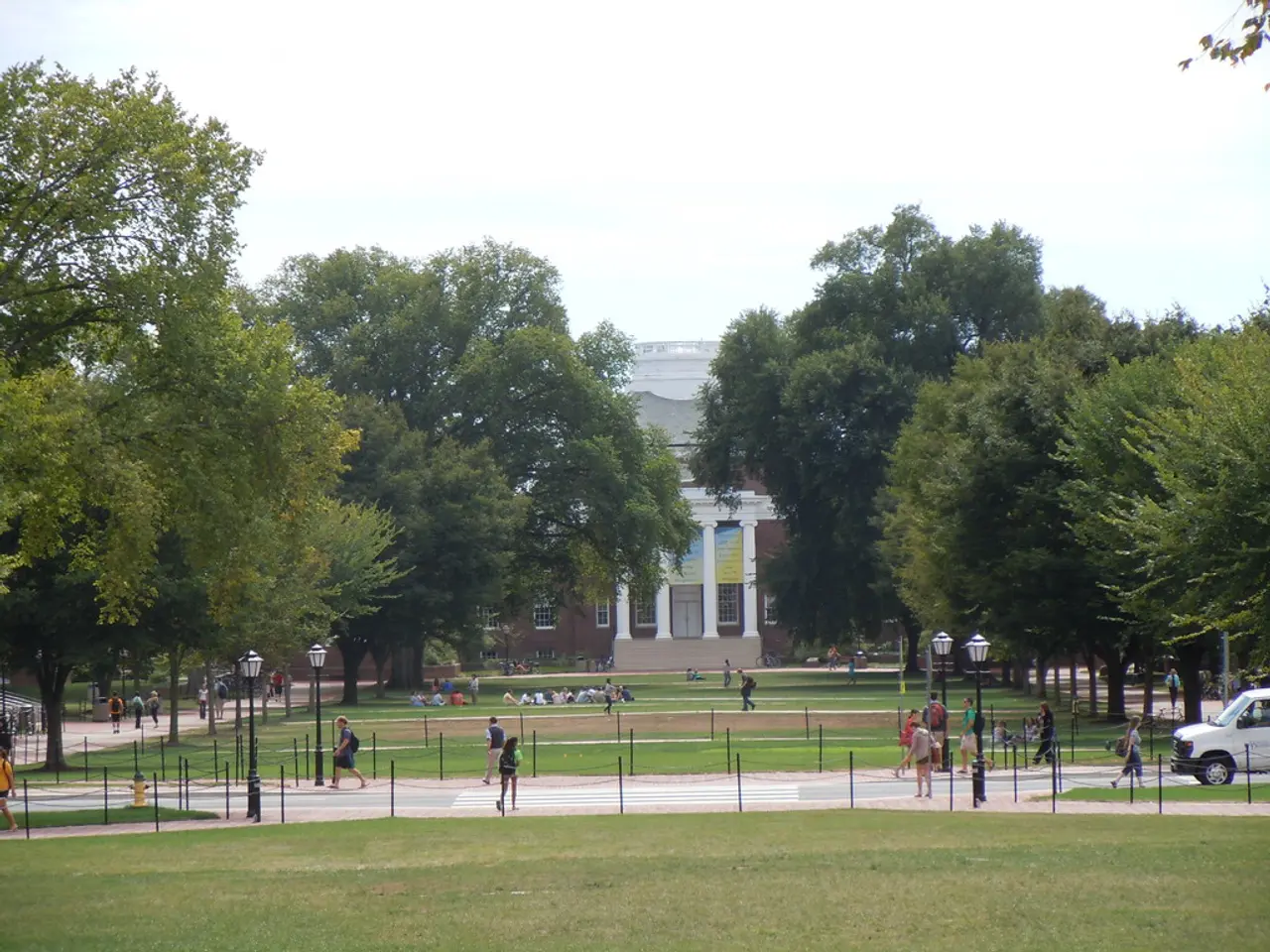Watching kōwhai flowers | Today we observe kōwhai blooms
In a unique and enriching initiative, students at Silverdale Normal School were recently engaged in a project that aimed to deepen their understanding of native species, particularly the kōwhai tree, through a blend of Māori knowledge and scientific observation.
Led by Chloe, as part of the Teaching and Learning Research Initiative project, this activity was designed to encourage students to see beyond the ordinary and broaden their perception of the diversity within the concept of a tree. The project, titled "Observing and sketching kōwhai trees," was assisted by Maurice M. W. Cheng and Bronwen Cowie from The University of Waikato.
The activity was part of the local curriculum unit that focuses on the kōwhai tree. It introduced students to the difference between looking and observing, a concept that is fundamental to scientific inquiry. Students were instructed to sketch what they could actually see, challenging their perceptions and fostering a deeper understanding of the kōwhai tree's diversity.
Through this hands-on, inquiry-based approach, students directly observed kōwhai trees—native New Zealand trees valued both ecologically and culturally—and sketched their features, paying close attention to the tree’s characteristics such as leaf shape, flower form, and growth patterns. This exercise not only honed their observational skills, a key aspect of scientific inquiry, but also engaged them with Māori perspectives on the tree’s importance, as kōwhai are significant in Māori tradition and often linked to local identity and tikanga (customs).
In science education, this activity aligns with biodiversity studies that connect native planting and conservation efforts. For instance, similar initiatives involving native plants aim to inspire projects like native planting, weed removal, and protecting taonga species in local reserves or schools, integrating ecological science with mātauranga Māori frameworks.
The activity also supports student learning in the 'Communicating in science' strand of the Nature of Science, as students sketched and annotated diagrams of a kōwhai tree, following scientific conventions. Additional activities included collecting kōwhai seeds, planting kōwhai seeds, sharing scientific understanding through poetry, and creating kōwhai infographics.
By the end of this activity, students should be able to identify various parts of a kōwhai tree and make labelled drawings of it. The project, published by Referencing Hub media, also encourages students to use all five senses during observations, a practice known as Titiro - observing my environment.
For those interested in learning more about this approach, a Word file is available for download related to observing kōwhai. The project can be used as a stand-alone lesson or as part of a wider teaching/inquiry sequence about mātauranga Māori of kōwhai. A video titled "Exploring and observing" is also recommended for a visual insight into the project.
This innovative approach to science education not only fosters biodiversity awareness but also enriches it with indigenous perspectives, thereby creating a holistic understanding of the environment informed by indigenous wisdom.
- The activity organized by Chloe under the Teaching and Learning Research Initiative project, which focused on observing and sketching kōwhai trees, serves as an excellent example for health-and-wellness and fitness-and-exercise, as it encourages a deeper understanding of one's surroundings and promotes learning by observing, a fundamental skill in personal-growth and self-development.
- The science education project at Silverdale Normal School, focusing on the kōwhai tree, not only facilitates learning in the 'Communicating in science' strand but also supports education-and-self-development by connecting students with indigenous perspectives, fostering a deep appreciation of the tree’s cultural significance and tikanga in Māori tradition.
- By using this innovative approach to science education that combines hands-on observations, indigenous wisdom, and creative presentation such as poetry and infographics, students can enrich their understanding of biodiversity and contribute to personal-growth and self-development through increased knowledge and experience in learning processes that extend beyond the traditional classroom setting.




